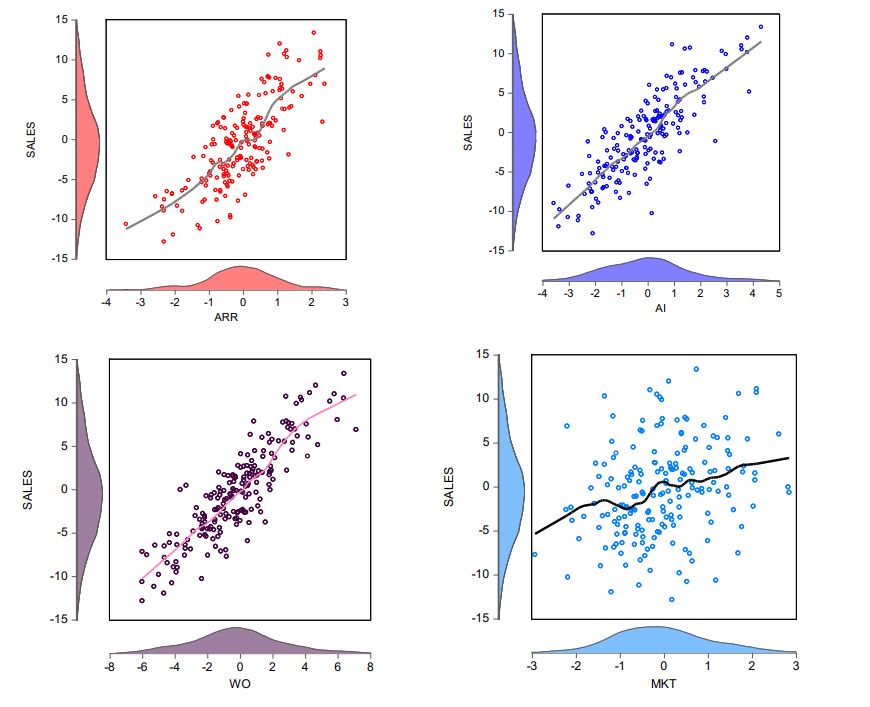Investigating the Impacts of AR, AI, and Website Optimization on Ecommerce Sales Growth
Keywords:
AI, AR, E-commerce, Market factors, Regression, Sales growth, Website optimizationAbstract
E-commerce has evolved into a vital element of modern life by giving customers a quick and easy way to buy products and services online. Businesses increasingly focus on building their online presence in order to remain competitive, which represents a huge change as a result of the growth of e-commerce. Utilizing artificial intelligence (AI), augmented reality (AR), and website optimization is one of the primary ways firms are aiming to improve their e-commerce operations at the moment. While AR can improve product recommendations and the visual component of online shopping by giving customers a more immersive experience, AI can be used to tailor the user experience and boost personalization. On the other side, website optimization can assist companies in enhancing the user experience and raising conversion rates. Businesses can make better choices about how to implement these variables into their operations by knowing how they affect e-commerce sales. This study used data from 190 global e-commerce sites to empirically examine the effects of using AI, AR, and website optimization on the increase of e-commerce sales. The study used a multiple regression analysis to look at how these factors and the rise of e-commerce relate to one another. The study's findings demonstrated that every element had a favorable and significant impact on the increase of e-commerce sales. This suggests that companies investing in artificial intelligence, augmented reality, and website optimization can anticipate a comparable rise in revenue. These results suggest that companies wishing to enhance their e-commerce operations should think about investing in AI, AR, and website optimization. They may improve client satisfaction this way, boost conversion rates, and eventually boost sales.

Downloads
Published
How to Cite
Issue
Section
License
Copyright (c) 2020 ResearchBerg

This work is licensed under a Creative Commons Attribution-NonCommercial-NoDerivatives 4.0 International License.




